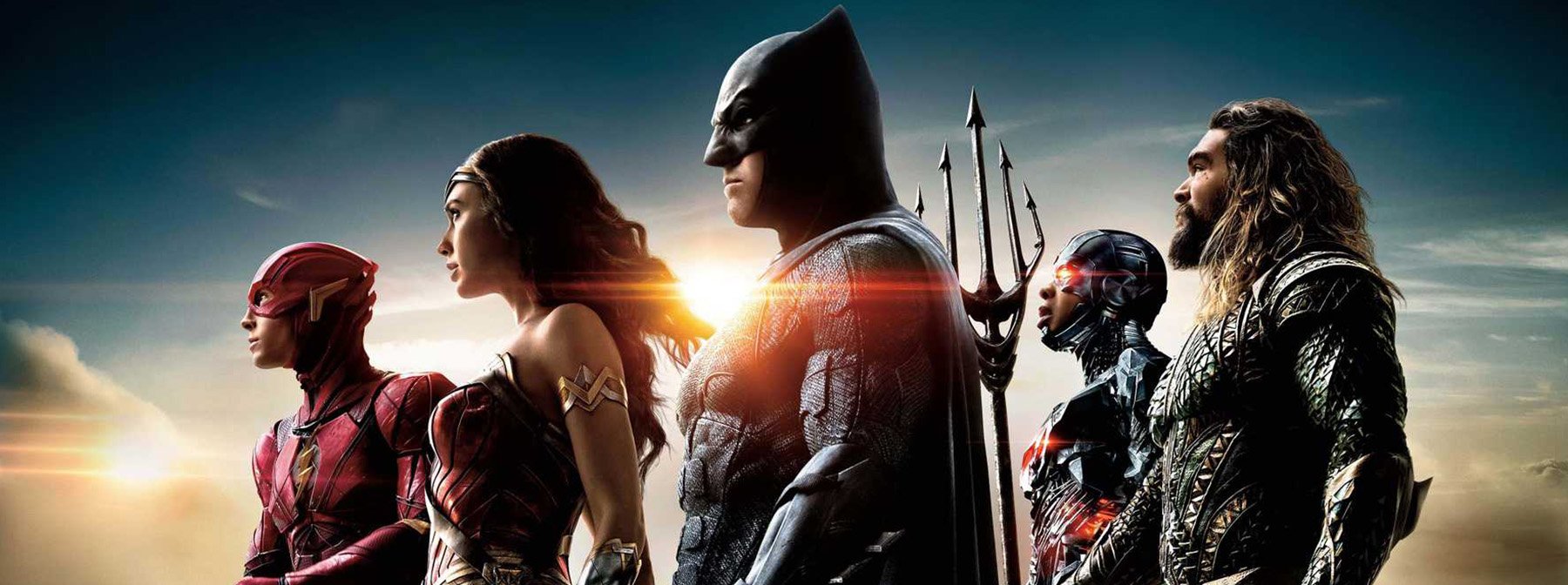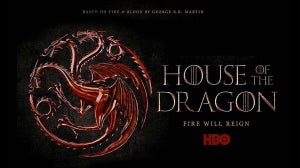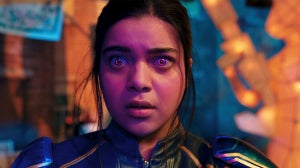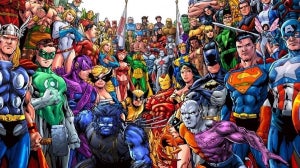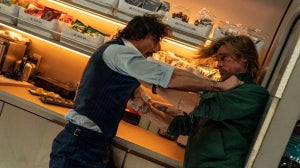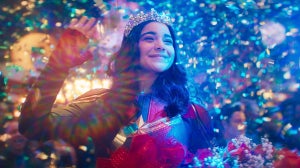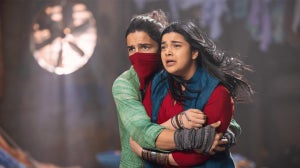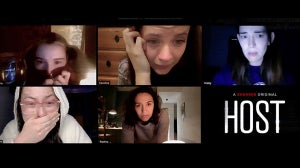
In the connected age, the internet is often a vital tool not just in the way we react to films, but also in the way movies get made.
A great example of this came recently when Sylvester Stallone revealed on Instagram that a Director's Cut of Rocky IV is being worked on, to the delight of fans worldwide.
Also, digital campaigners rejoiced when filmmaker Zack Snyder revealed on social network Vero that The Snyder Cut of 2017's Justice League would finally see the light of day.
Snyder had been pushing for his version to be released after leaving the original film due to a personal tragedy, with US streaming service HBO Max answering that call.
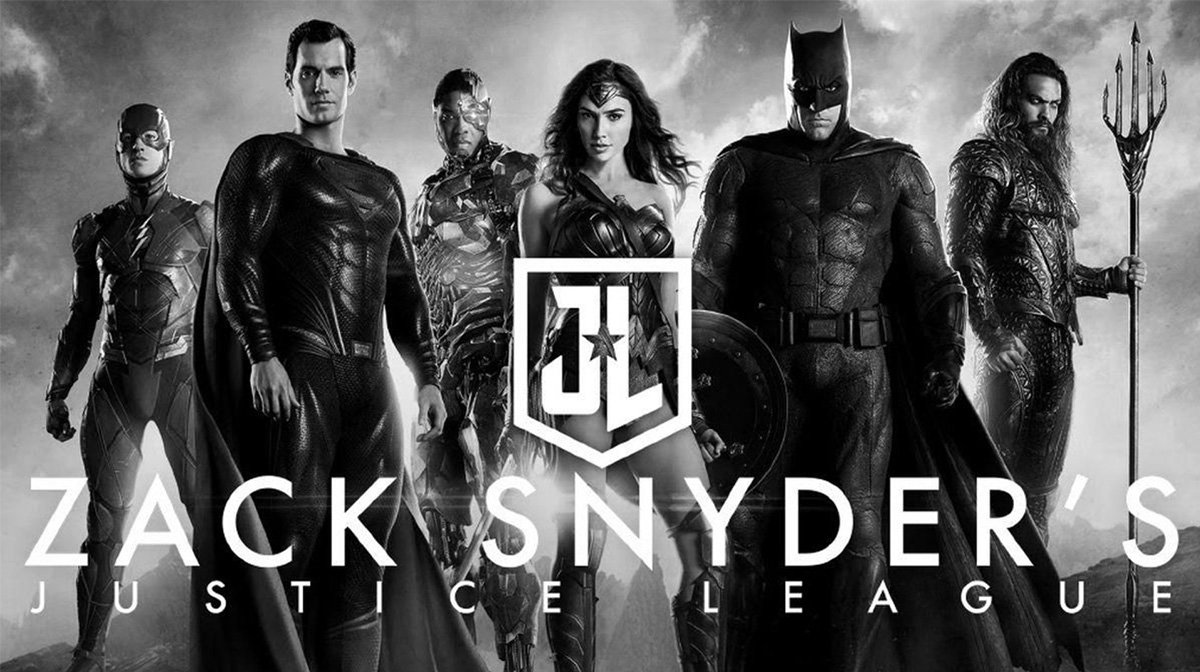
Director's Cuts are a big deal, a chance to quite literally rewrite what came before and change the narrative.
Popularised in the 1990's and 2000's as home video became the norm, those two words next to a title offer the mystique of something familiar yet new. Didn't like the movie? Maybe this time you will. Liked the movie already? Prepare for more of what you loved.
They are far from a magic potion however, as Director's Cuts can either reinvent a movie for a generation, or become an embarrassing side note.
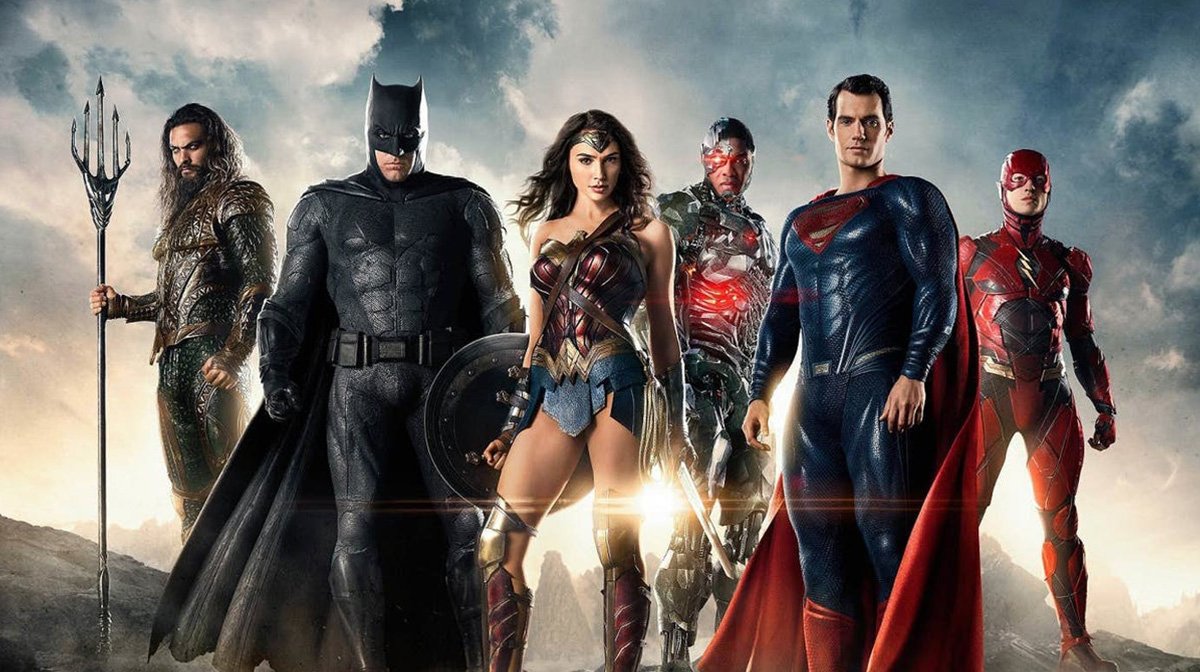
You may be wondering why such a distinction is needed – surely all directors get a say on how their movie is edited? But it's actually not as common as you'd think.
Yes, the major auteurs will get the final thumbs up on what ends up on screen, but studio movies and blockbusters in particular often involve the studio that finances it getting the final say.
Often this means films getting a more family friendly cut, with any bloodshed, sex, or swearing cut to a minimum.
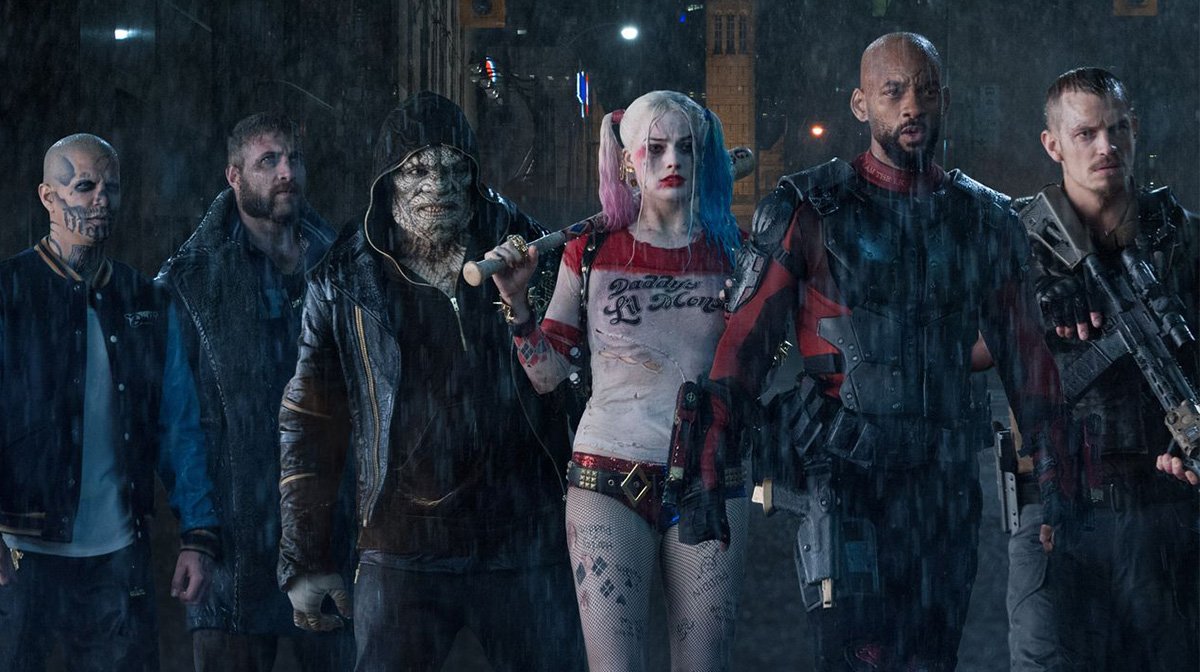
Justice League's sister movie, 2016's Suicide Squad, was reported to have had a more dramatic cut favoured by director David Ayer, and a lighter cut favoured by studio executives (the lighter cut won, and Ayer has since campaigned for his own re-edit following Snyder's announcement).
A different cut can lead to enormous turmoil – the credited director of 1998's American History X, Tony Kaye, publicly disowned star Edward Norton's edit of the film to the extent that he applied for his name to be removed from the credits and replaced with 'Humpty Dumpty' (the Director's Guild Of America refused).
David Lynch had his name removed from one cut of 1984's Dune, and is loath to speak about the film to this day.
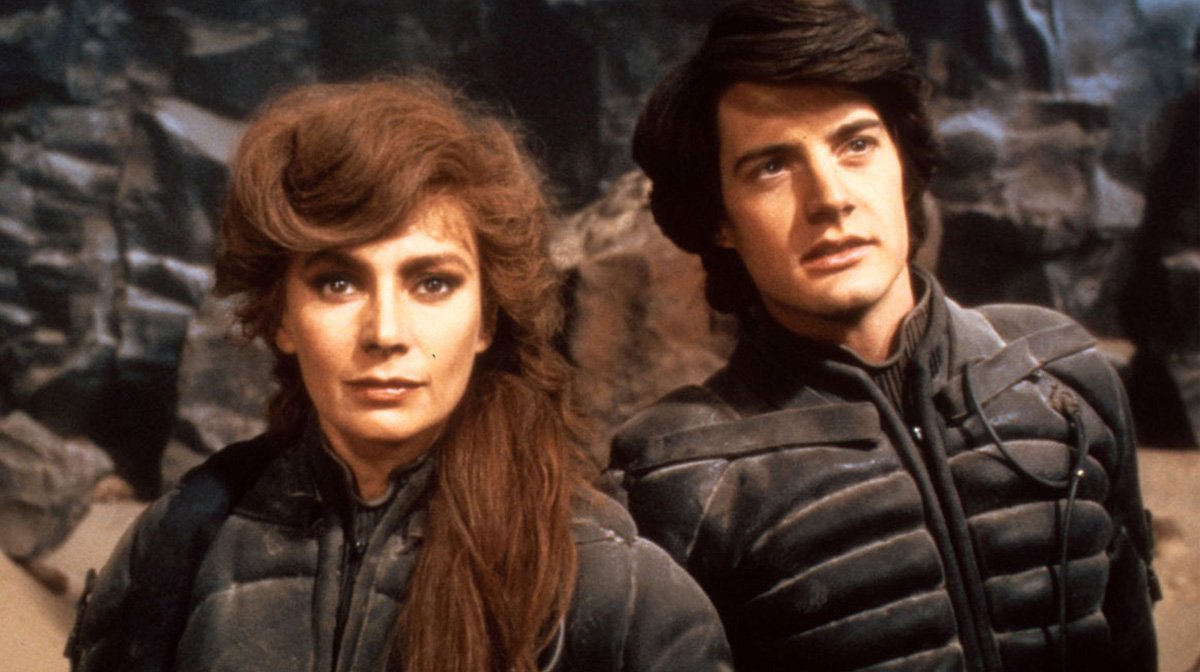
However, some directors get their day in the sun with their own cut, and the result has often been celebrated.
A new edit can flesh out the world in a way that hadn't been seen on first release, give characters new emphasis, or just make the whole darn movie make a lot more sense.
The most famous example is Blade Runner, the 1982 sci-fi cult hit that received a Director's Cut ten years later. The version was a big success, as it removed many of the commercially friendly aspects such as Harrison Ford's voiceover in favour of Ridley Scott's original vision. It also sparked a debate as to whether character Richard Deckard was a replicant or not.
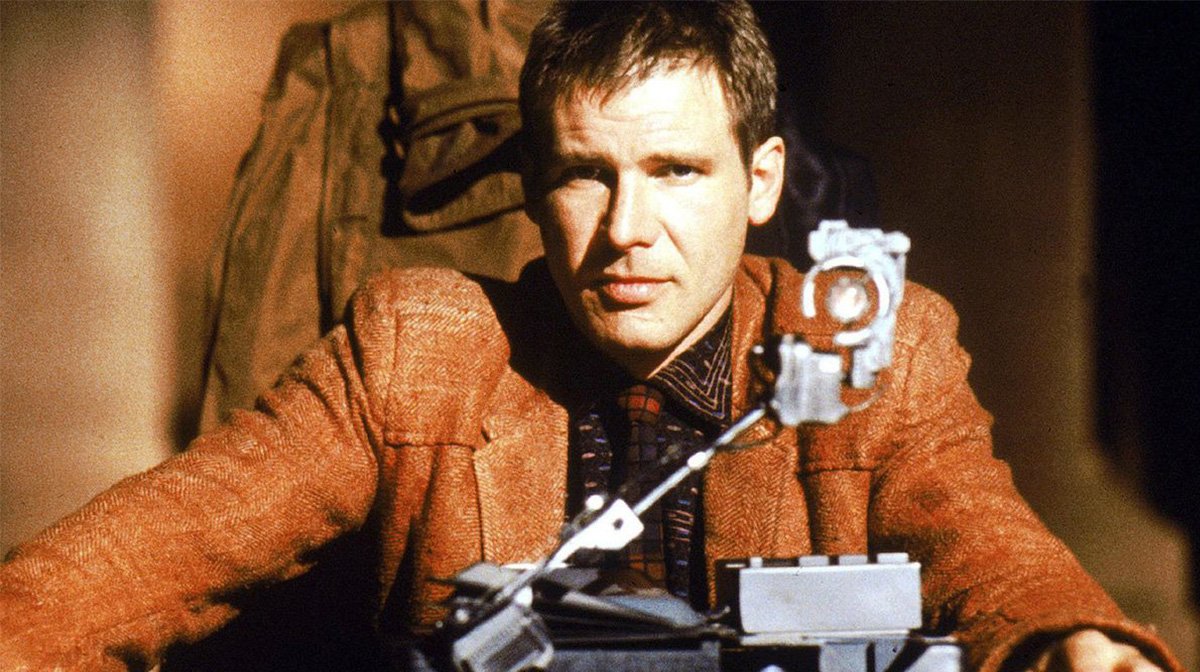
Ironically, The Director's Cut was not entirely as described – Scott would not have total creative control over the edit, and would only do so for 2007's Final Cut. There are believed to be seven edits of the movie in total.
Equally, movies such as Once Upon A Time In America, Kingdom Of Heaven and Alexander have all benefited from extended cuts that allowed for a deeper exploration of storylines, and in some cases a much more coherent film.
In 1985, Terry Gilliam fought tooth and nail to have his dark version of Brazil released over a studio-mandated version that included a happy ending. Critics and audiences vastly preferred the director's offering.
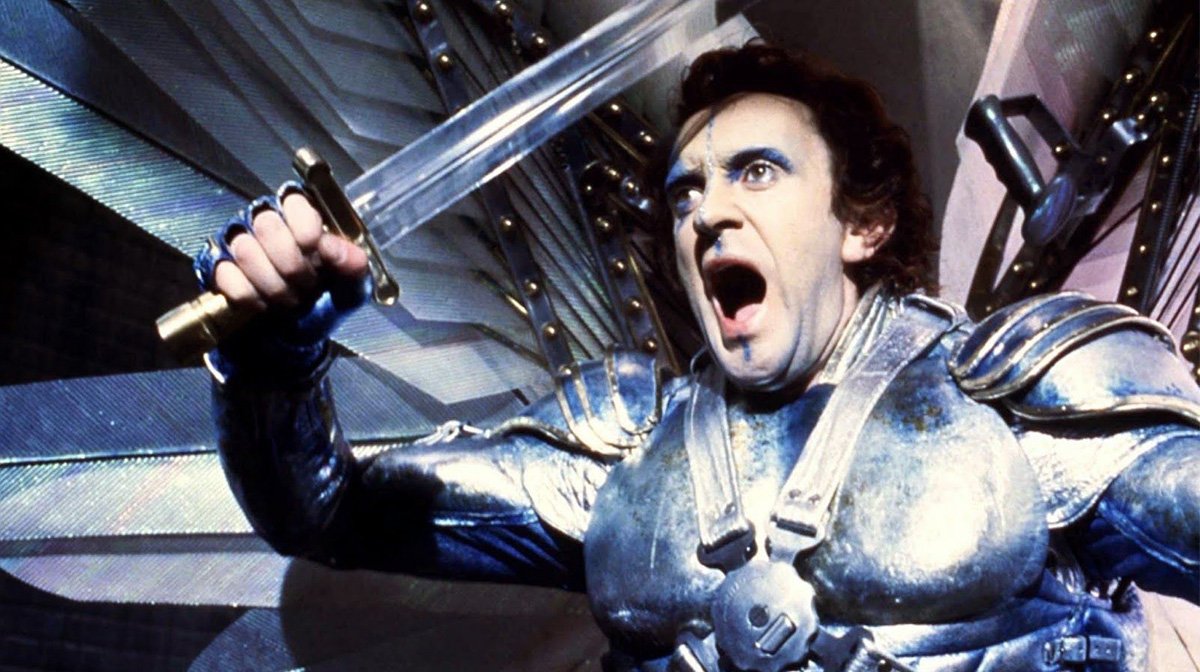
Not all edits are born from struggle – Peter Jackson's Extended Versions of The Lord Of The Rings Trilogy were designed as a way to give fans a broader experience for the DVD home releases, which remain cherished by the millions who bought those box sets.
And while he has always enjoyed final cut on all of his movies, even Quentin Tarantino has delivered expanded cuts of The Hateful Eight and the Kill Bill saga.
While film is a collaborative process, audiences in general see the director as the author of the work, and thus for better or worse the title of Director's Cut carries an authenticity to it that implies we are seeing the original vision of what the film was meant to be. Of course, sometimes that isn't always a great thing.
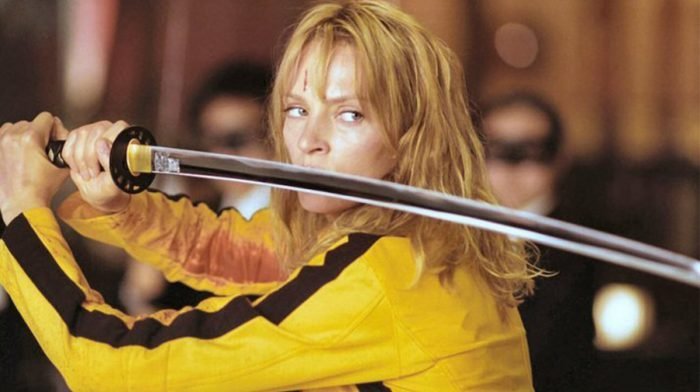
There are a few examples where a Director's Cut tinkers with elements that fans were quite attached to, pulls apart the tone and pace, or simply adds unnecessary filler.
Cult classic The Warriors was given an 'Ultimate Director's Cut' in 2005 that added an introduction and comic book style transitions, both of which are a bit distracting.
Both Donnie Darko: Director's Cut and Apocalypse Now: Redux remain divisive movies for lovers of the original versions.
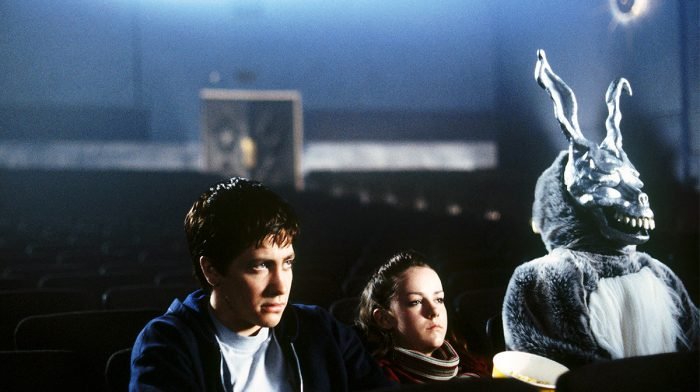
And then there's Star Wars.
A whole separate article could be dedicated to George Lucas' tinkering with the original trilogy, most notably for the 1997 Special Editions which added CGI characters, an extra scene with Jabba The Hutt, and of course the infamous scene with Han Solo and Greedo, changed to have the latter shoot first.
For such a hallowed text, it was considered sacrilege to fans who deride the versions to this day, as well as changes made to subsequent DVD releases of the films.
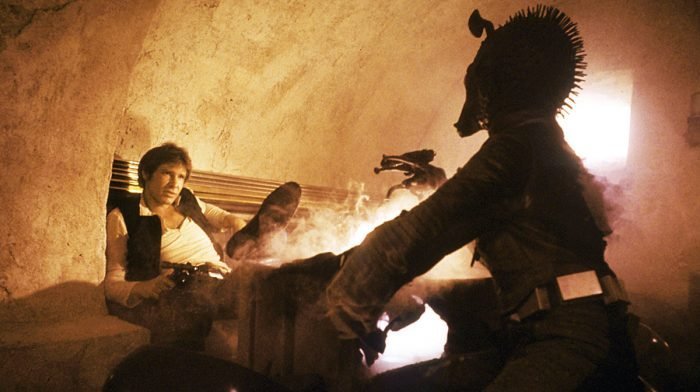
It remains to be seen whether The Snyder Cut becomes the superior cut, or if the new version of Rocky IV adds something we didn't know was missing.
Chances are many people will have a copy of the originals, so they have to be good to avoid sinking into obscurity.
One thing both have in their favour is fan support, and that collaborative relationship between makers and consumers could ensure that, far from being a vanity project, it is a chance to listen to feedback and craft something that will rewrite cinematic history.
For all things pop culture and the latest news, follow us on Instagram, Twitter and Facebook.

